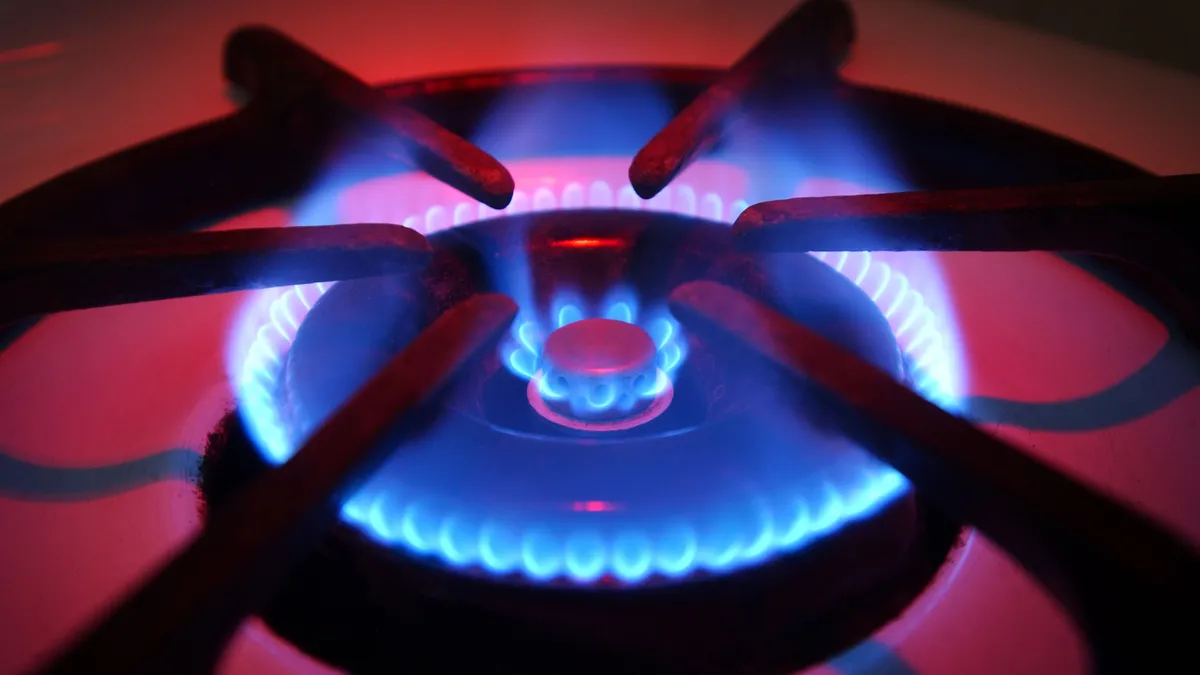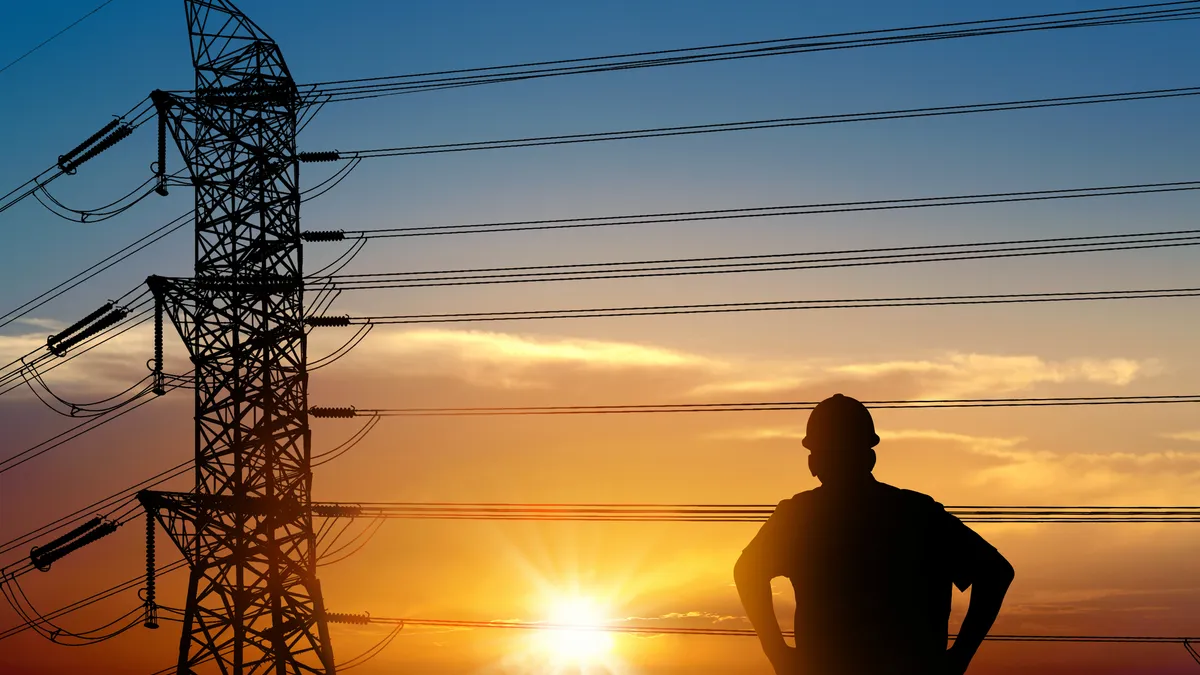The following is a contributed article by Commissioner Clifford Rechtschaffen and Advisor Simi Rose George, California Public Utilities Commission
California is one of the biggest consumers of natural gas in the U.S., and has been adding new gas customers faster than any other state. These trends are in direct conflict with California's ambitious climate goals, which include carbon neutrality by 2045.
The building sector is an important piece of the puzzle in advancing California's climate goals. Residential and commercial buildings are responsible for approximately a quarter of California's overall greenhouse gas (GHG) emissions. Natural gas use in buildings is responsible for approximately 10% of emissions. An estimated two-thirds of the state's residential heating needs are met with natural gas.
Relative to other sectors, little progress has been made in reducing building sector emissions. For instance, while emissions from electricity generation in California have dropped by an estimated 28% since 2014, emissions from gas use in the residential sector have increased by almost 18% during that period.
For California to successfully decarbonize its economy, it is important to revisit existing policies that may be misaligned with its current climate policies. As part of the California Public Utilities Commission's (CPUC) efforts to identify policy changes needed to advance building decarbonization, we are taking a fresh look at our gas line extension policies.
In simple terms, subsidies ("allowances") funded by existing gas customers are provided to builders and developers to offset the costs of extending natural gas pipelines to provide gas service to new residential or commercial buildings. The allowance amount depends on the number of eligible gas appliances installed. In other words, the higher the customer's projected gas consumption, the higher the allowance. Further subsidies are provided in the form of discounts or refunds for line extension costs in excess of allowances.
Even though it can be cheaper to construct all-electric homes relative to dual-fuel homes (i.e., homes served by both gas and electricity), dual-fuel construction continues to be the dominant model in California, by far. Between 2014 and 2020, only 1.25% of all new home construction in California was all-electric. Ratepayers are currently paying more than $120 million every year to subsidize gas line extension allowances, discounts and refunds.
The rationale underpinning the CPUC's current gas line extension rules is that adding new customers on the system leads to economies of scale by expanding the pool of customers contributing to the fixed costs of the system. By lowering the costs associated with taking on gas service, gas allowances promote expansion of the gas system. But as California moves towards a lower carbon future, continued expansion of the gas system increases the risk of stranded assets. These costs will be borne by fewer gas customers over time as many leave the gas system by going all-electric. Low-income customers who lack the financial resources needed to switch to electric appliances, which often have higher upfront costs than analogous gas appliances, are likely to be the last ones on the gas system, and will be left to shoulder the costs of stranded assets.
While there remains a continued need to invest in the gas system to ensure safe and reliable operation, it is clear that we must significantly reduce dependence on gas in order to meet climate goals. Perpetuating incentives for expansion of the gas system also risks sending mixed policy signals, particularly given the many efforts that state agencies are undertaking to reduce reliance on natural gas. The existing framework for the calculation of gas allowances assumes that every new customer will remain on the gas system in perpetuity. That is no longer realistic or desirable as we move towards the goal of a net zero carbon economy by 2045.
With the underlying assumptions behind gas allowances no longer holding true, the CPUC has embarked on an effort to revisit the existing framework for gas line extension allowances. In fall 2021, the CPUC issued a staff proposal recommending elimination of these allowances, and associated discounts and refunds.
Other states, such as Washington and Colorado, are also revisiting their gas line extension allowance policies. New York's governor recently proposed ending all new gas hookups in the state beginning in 2027. In response to the CPUC's staff proposal, all of the major gas utilities indicated support for ending the gas line extension policy, at least for residential customers. A range of stakeholders, including environmental groups, consumer advocates, and community choice aggregators, supported the proposal in its entirety.
Stakeholders supporting the proposal said it would advance California's decarbonization goals and mitigate affordability challenges for low-income gas customers by reducing the risk of stranded assets; some argued for continuing the allowances, at least for non-residential customers who utilize hydrogen or renewable gas. We are carefully considering all comments and evaluating key issues, such as the potential impacts of eliminating gas allowances on low-income customers and on the costs of new housing, including affordable housing. We expect to make a decision by this fall. Members of the public can comment on the issue.






















